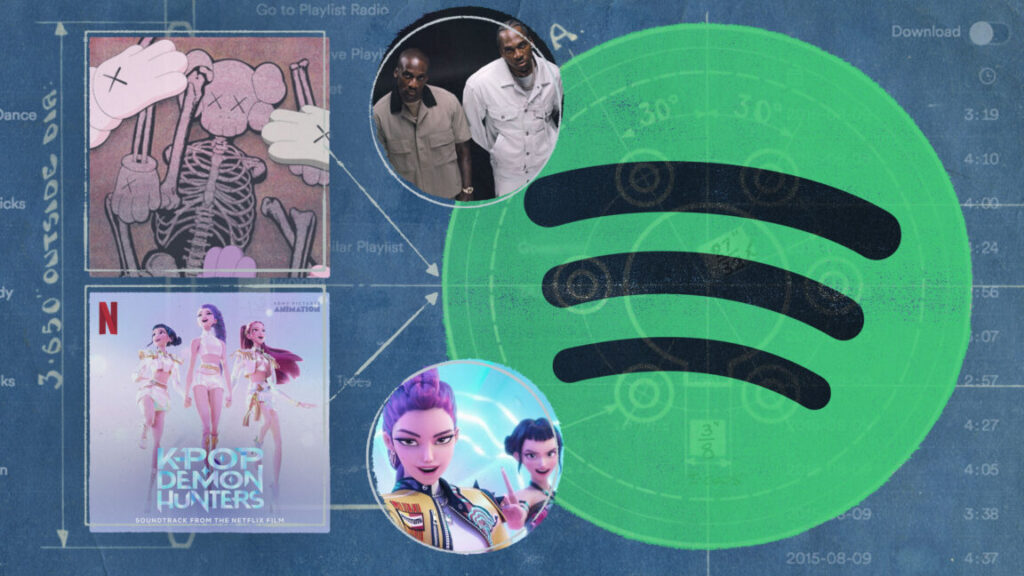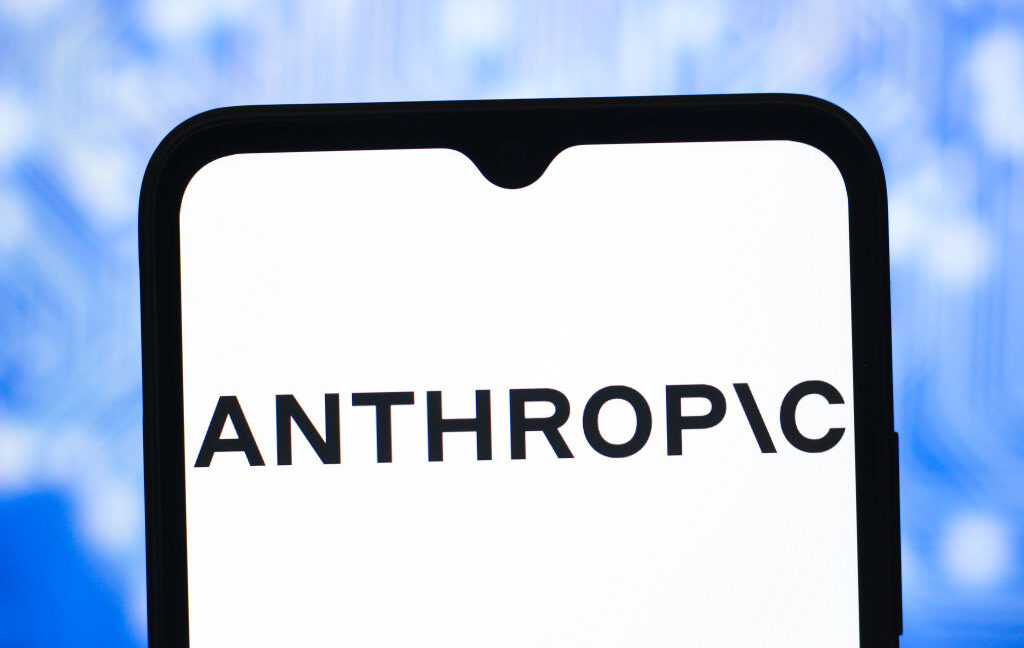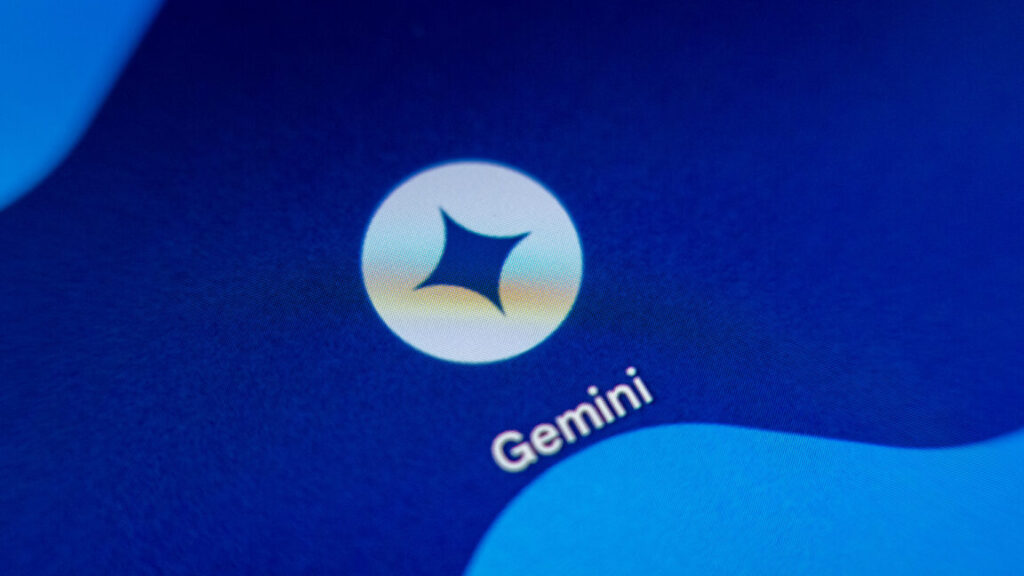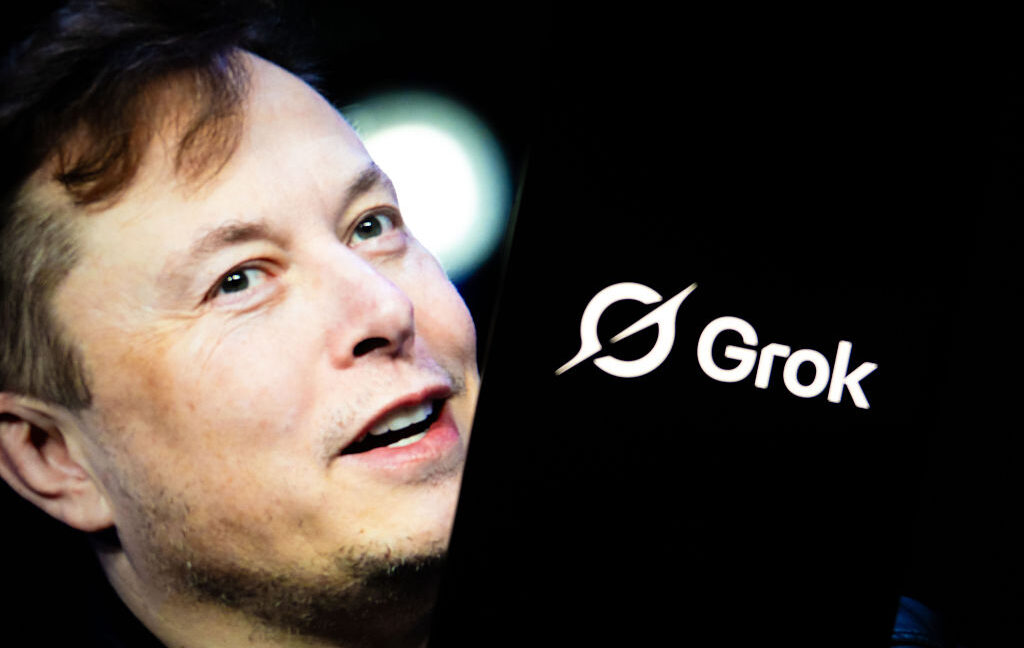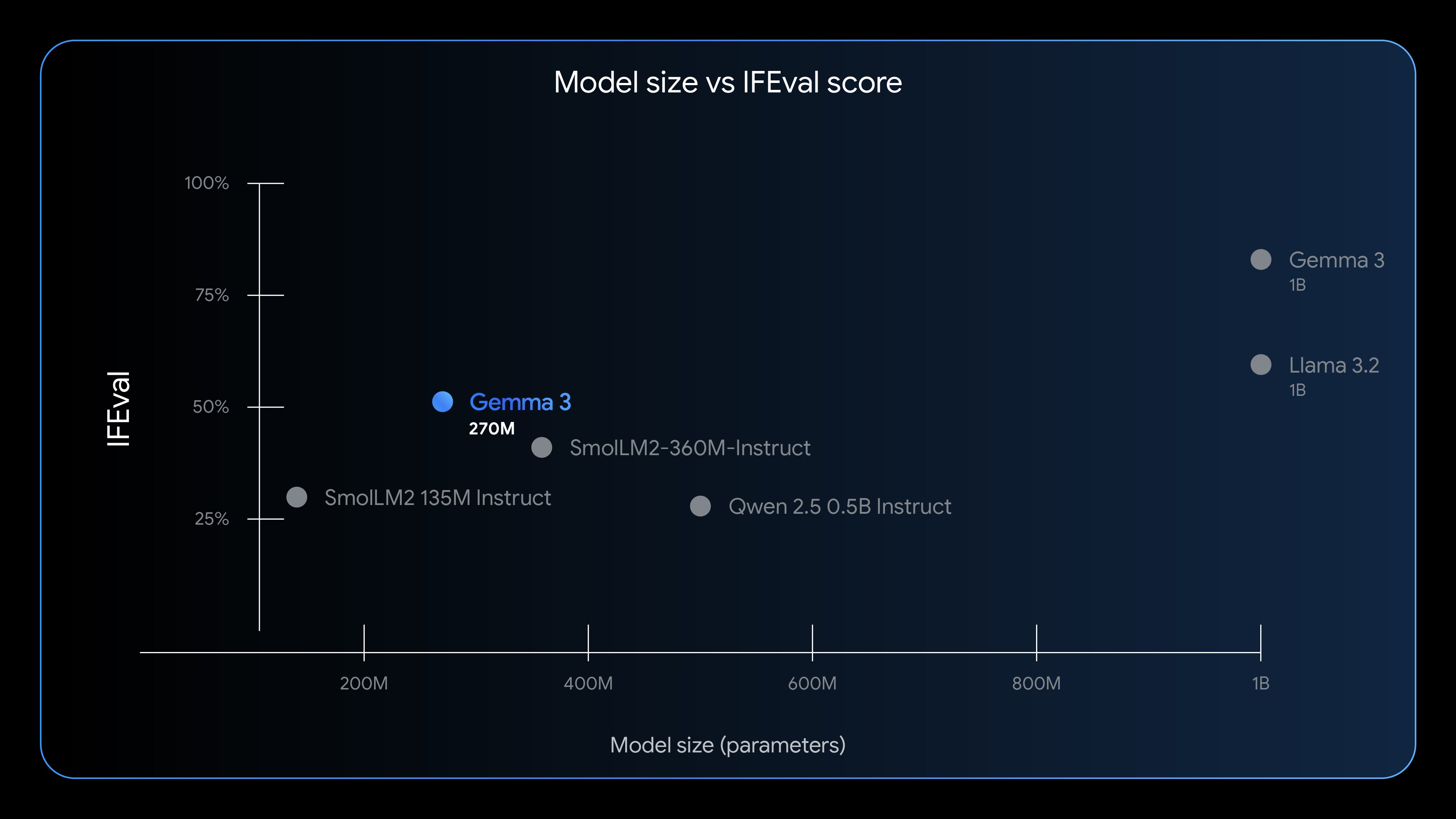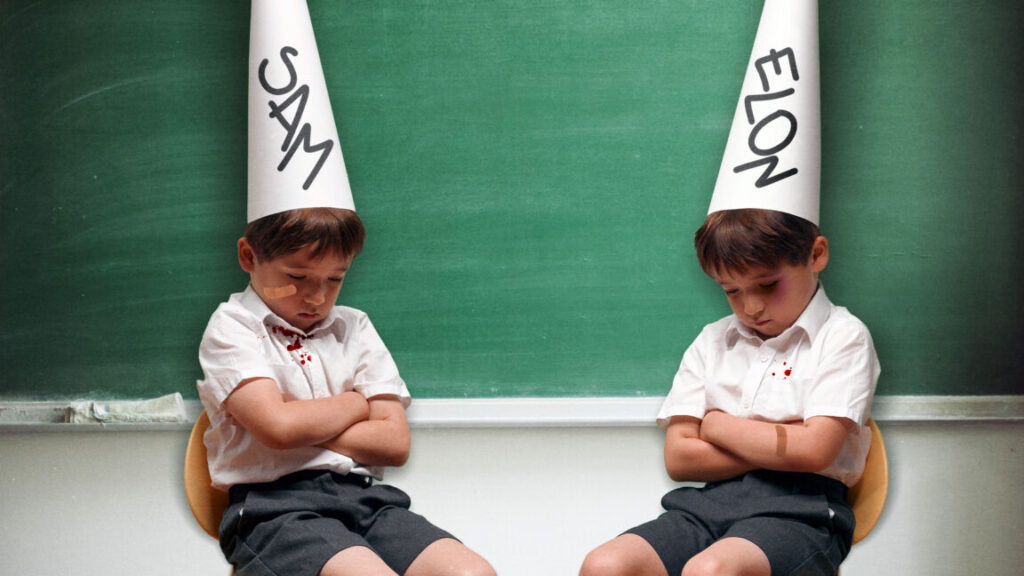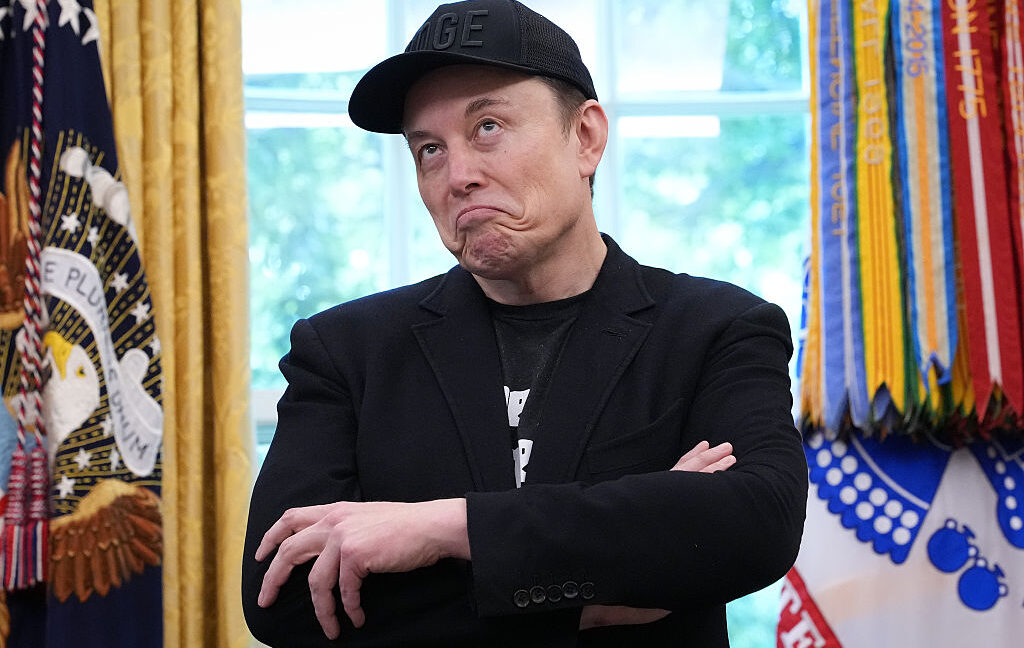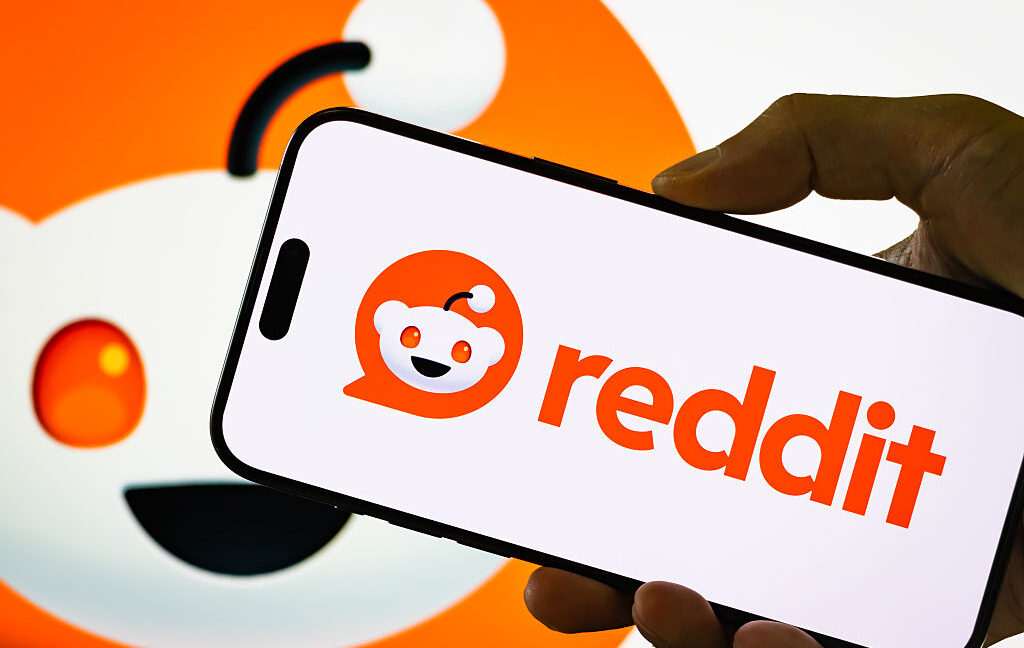Spotify peeved after 10,000 users sold data to build AI tools
Spotify sent a warning to stop data sales, but developers say they never got it.
For millions of Spotify users, the “Wrapped” feature—which crunches the numbers on their annual listening habits—is a highlight of every year’s end, ever since it debuted in 2015. NPR once broke down exactly why our brains find the feature so “irresistible,” while Cosmopolitan last year declared that sharing Wrapped screenshots of top artists and songs had by now become “the ultimate status symbol” for tens of millions of music fans.
It’s no surprise then that, after a decade, some Spotify users who are especially eager to see Wrapped evolve are no longer willing to wait to see if Spotify will ever deliver the more creative streaming insights they crave.
With the help of AI, these users expect that their data can be more quickly analyzed to potentially uncover overlooked or never-considered patterns that could offer even more insights into what their listening habits say about them.
Imagine, for example, accessing a music recap that encapsulates a user’s full listening history—not just their top songs and artists. With that unlocked, users could track emotional patterns, analyzing how their music tastes reflected their moods over time and perhaps helping them adjust their listening habits to better cope with stress or major life events. And for users particularly intrigued by their own data, there’s even the potential to use AI to cross data streams from different platforms and perhaps understand even more about how their music choices impact their lives and tastes more broadly.
Likely just as appealing as gleaning deeper personal insights, though, users could also potentially build AI tools to compare listening habits with their friends. That could lead to nearly endless fun for the most invested music fans, where AI could be tapped to assess all kinds of random data points, like whose breakup playlists are more intense or who really spends the most time listening to a shared favorite artist.
In pursuit of supporting developers offering novel insights like these, more than 18,000 Spotify users have joined “Unwrapped,” a collective launched in February that allows them to pool and monetize their data.
Voting as a group through the decentralized data platform Vana—which Wired profiled earlier this year—these users can elect to sell their dataset to developers who are building AI tools offering fresh ways for users to analyze streaming data in ways that Spotify likely couldn’t or wouldn’t.
In June, the group made its first sale, with 99.5 percent of members voting yes. Vana co-founder Anna Kazlauskas told Ars that the collective—at the time about 10,000 members strong—sold a “small portion” of its data (users’ artist preferences) for $55,000 to Solo AI.
While each Spotify user only earned about $5 in cryptocurrency tokens—which Kazlauskas suggested was not “ideal,” wishing the users had earned about “a hundred times” more—she said the deal was “meaningful” in showing Spotify users that their data “is actually worth something.”
“I think this is what shows how these pools of data really act like a labor union,” Kazlauskas said. “A single Spotify user, you’re not going to be able to go say like, ‘Hey, I want to sell you my individual data.’ You actually need enough of a pool to sort of make it work.”
Spotify sent warning to Unwrapped
Unsurprisingly, Spotify is not happy about Unwrapped, which is perhaps a little too closely named to its popular branded feature for the streaming giant’s comfort. A spokesperson told Ars that Spotify sent a letter to the contact info listed for Unwrapped developers on their site, outlining concerns that the collective could be infringing on Spotify’s Wrapped trademark.
Further, the letter warned that Unwrapped violates Spotify’s developer policy, which bans using the Spotify platform or any Spotify content to build machine learning or AI models. And developers may also be violating terms by facilitating users’ sale of streaming data.
“Spotify honors our users’ privacy rights, including the right of portability,” Spotify’s spokesperson said. “All of our users can receive a copy of their personal data to use as they see fit. That said, UnwrappedData.org is in violation of our Developer Terms which prohibit the collection, aggregation, and sale of Spotify user data to third parties.”
But while Spotify suggests it has already taken steps to stop Unwrapped, the Unwrapped team told Ars that it never received any communication from Spotify. It plans to defend users’ right to “access, control, and benefit from their own data,” its statement said, while providing reassurances that it will “respect Spotify’s position as a global music leader.”
Unwrapped “does not distribute Spotify’s content, nor does it interfere with Spotify’s business,” developers argued. “What it provides is community-owned infrastructure that allows individuals to exercise rights they already hold under widely recognized data protection frameworks—rights to access their own listening history, preferences, and usage data.”
“When listeners choose to share or monetize their data together, they are not taking anything away from Spotify,” developers said. “They are simply exercising digital self-determination. To suggest otherwise is to claim that users do not truly own their data—that Spotify owns it for them.”
Jacob Hoffman-Andrews, a senior staff technologist for the digital rights group the Electronic Frontier Foundation, told Ars that—while EFF objects to data dividend schemes “where users are encouraged to share personal information in exchange for payment”—Spotify users should nevertheless always maintain control of their data.
“In general, listeners should have control of their own data, which includes exporting it for their own use,” Hoffman-Andrews said. “An individual’s musical history is of use not just to Spotify but also to the individual who created it. And there’s a long history of services that enable this sort of data portability, for instance Last.fm, which integrates with Spotify and many other services.”
To EFF, it seems ill-advised to sell data to AI companies, Hoffman-Andrews said, emphasizing “privacy isn’t a market commodity, it’s a fundamental right.”
“Of course, so is the right to control one’s own data,” Hoffman-Andrews noted, seeming to agree with Unwrapped developers in concluding that “ultimately, listeners should get to do what they want with their own information.”
Users’ right to privacy is the primary reason why Unwrapped developers told Ars that they’re hoping Spotify won’t try to block users from selling data to build AI.
“This is the heart of the issue: If Spotify seeks to restrict or penalize people for exercising these rights, it sends a chilling message that its listeners should have no say in how their own data is used,” the Unwrapped team’s statement said. “That is out of step not only with privacy law, but with the values of transparency, fairness, and community-driven innovation that define the next era of the Internet.”
Unwrapped sign-ups limited due to alleged Spotify issues
There could be more interest in Unwrapped. But Kazlauskas alleged to Ars that in the more than six months since Unwrapped’s launch, “Spotify has made it extraordinarily difficult” for users to port over their data. She claimed that developers have found that “every time they have an easy way for users to get their data,” Spotify shuts it down “in some way.”
Supposedly because of Spotify’s interference, Unwrapped remains in an early launch phase and can only offer limited spots for new users seeking to sell their data. Kazlauskas told Ars that about 300 users can be added each day due to the cumbersome and allegedly shifting process for porting over data.
Currently, however, Unwrapped is working on an update that could make that process more stable, Kazlauskas said, as well as changes to help users regularly update their streaming data. Those updates could perhaps attract more users to the collective.
Critics of Vana, like TechCrunch’s Kyle Wiggers, have suggested that data pools like Unwrapped will never reach “critical mass,” likely only appealing to niche users drawn to decentralization movements. Kazlauskas told Ars that data sale payments issued in cryptocurrency are one barrier for crypto-averse or crypto-shy users interested in Vana.
“The No. 1 thing I would say is, this kind of user experience problem where when you’re using any new kind of decentralized technology, you need to set up a wallet, then you’re getting tokens,” Kazlauskas explained. Users may feel culture shock, wondering, “What does that even mean? How do I vote with this thing? Is this real money?”
Kazlauskas is hoping that Vana supports a culture shift, striving to reach critical mass by giving users a “commercial lens” to start caring about data ownership. She also supports legislation like the Digital Choice Act in Utah, which “requires actually real-time API access, so people can get their data.” If the US had a federal law like that, Kazlauskas suspects that launching Unwrapped would have been “so much easier.”
Although regulations like Utah’s law could serve as a harbinger of a sea change, Kazlauskas noted that Big Tech companies that currently control AI markets employ a fierce lobbying force to maintain control over user data that decentralized movements just don’t have.
As Vana partners with Flower AI, striving, as Wired reported, to “shake up the AI industry” by releasing “a giant 100 billion-parameter model” later this year, Kazlauskas remains committed to ensuring that users are in control and “not just consumed.” She fears a future where tech giants may be motivated to use AI to surveil, influence, or manipulate users, when instead users could choose to band together and benefit from building more ethical AI.
“A world where a single company controls AI is honestly really dystopian,” Kazlauskas told Ars. “I think that it is really scary. And so I think that the path that decentralized AI offers is one where a large group of people are still in control, and you still get really powerful technology.”
Spotify peeved after 10,000 users sold data to build AI tools Read More »
